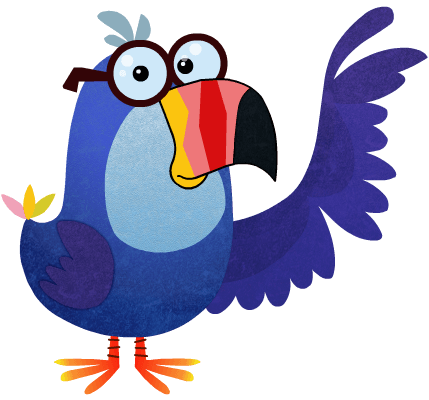From: www.spanishplayground.com
This is a great set of online activities for introducing the body parts in Spanish or for focused practice with the vocabulary. The first activity teaches the words and correct Spanish pronunciation and the second is a game. Click the titles to open the activities in a new window.
Activity for learning the body parts in Spanish
This activity for learning the body parts in Spanish has a photograph of a boy with the parts of the body labeled in English. You click on the labels to hear and see the Spanish word. This is a well designed activity for several reasons. Having the written English word clarifies which part of the body is being shown. In many activities like this it is hard to tell if an arrow is pointing to the hand or the wrist, or the head or the hair, but that is not a problem here. The English word is not pronounced, and it disappears when the Spanish appears, so the focus is on the Spanish. The game that follows uses no English at all.
You will hear each word in Spanish as you click on it. All of the activities that introduce vocabulary on this site have audio of the word and also of the word broken into syllables. This is an excellent way to learn the basics of Spanish pronunciation. All children will hear how in some words two vowel sounds combine in one syllable (a diphthong) and beginning-readers and readers will see how the letters are pronounced in Spanish.
Here are a few suggestions to make the most of this activity with your child:
- Repeat the words that you hear, pointing to the body parts on your body or on your child.
- After you hear the word once, it will be pronounced in syllables. Tap out the syllables on your child, on the body part, in rhythm with the audio.
- Use the words in complete sentences pointing to your body and your child’s body. The definite article, el or la is often used with the body parts, but it is natural to use the possessives, like mi and tu, if you are making a comparison. You can use simple sentences like these.
- Ésta es mi cabeza. / This is my head.
- ¿Dónde está tu cabeza? / Where is your head?
- Allí está tu cabeza. / There is your head.
- Remember that your child is learning as she hears the words and does not have to say them. When she points to her head you will know that she understands! She will say the words when she has processed the language at a deeper level.
- Practice with three or four words at a time. When your child is comfortable with those words, add a few more.
- Click here for more suggestions on how to introduce vocabulary.
Game for practicing the body parts in Spanish
Once your child is familiar with the body parts in Spanish, she can try this game. To play, children drag and drop a word to the correct body part. There is audio as they roll over the words in the side bar, so children who do not read yet can play this game. They just move the little box to the word they hear.
A well-designed language learning activity makes it possible for children to succeed. That is exactly what this game does. At each level, certain parts of the body are high-lighted on the picture. In the sidebar, there are one or two extra words. Each level adds one word and one body part. There is also the option to repeat each level, so that children can practice all the vocabulary, but by choosing from a limited set. There is no English translation, and there is lots of repetition built into the game. This is an excellent design for focused vocabulary practice!
Both of these activities are clear, with excellent audio, good graphics and large, clear text. I appreciate that once a child is doing an activity, it is not cluttered with distracting sounds and images. Children can concentrate on learning Spanish!
Thanks,
OnlineFreeSpanish.com
A fun way to learn Spanish
Especially for kids of all ages.
facebook: freespanish
twitter: freespanish
youtube: onlinefreespanish

